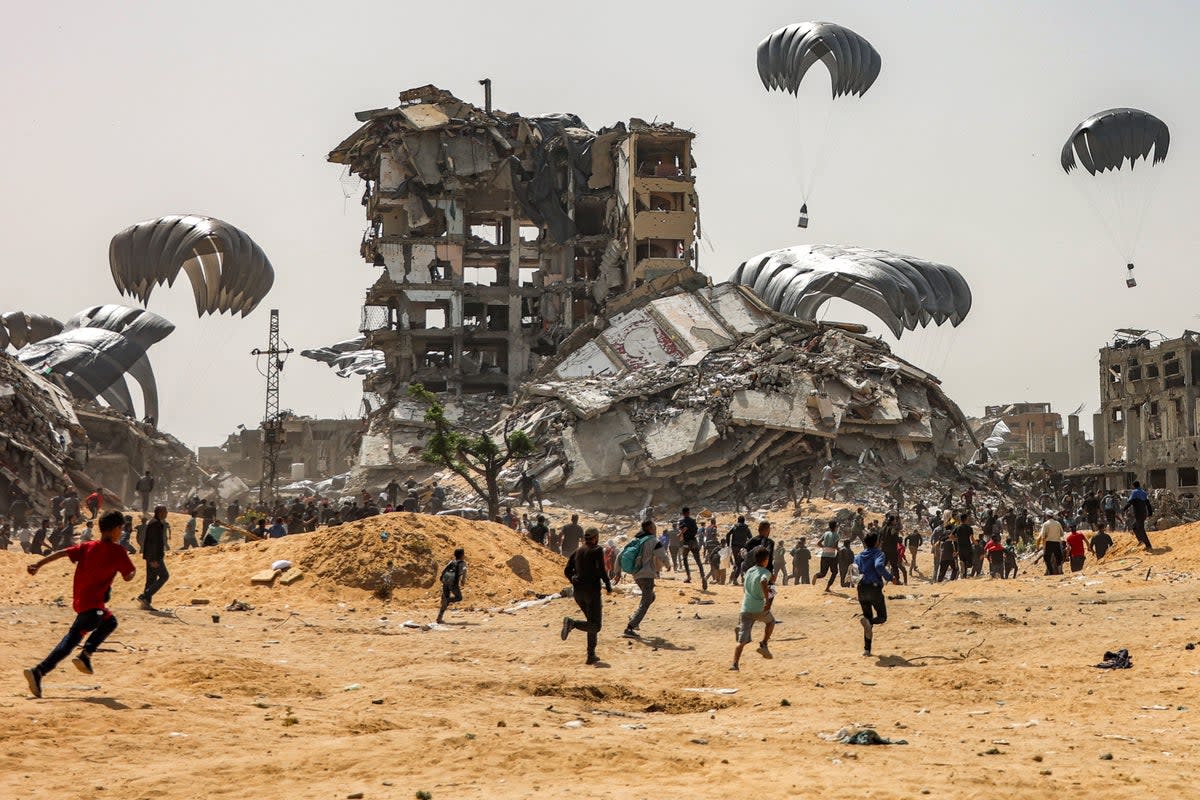US plans to build Gaza aid pier branded ‘smokescreen’ to allow Israeli invasion of Rafah

US plans to build a giant floating dock off the coast of Gaza to deliver humanitarian aid were accused of being a “smokescreen” to allow the Israeli army to invade Rafah.
The pier is expected to be in position by early May and was intended to bring in a “massive” increase of aid to Gaza by circumventing land routes controlled by the Israeli army.
However, UN officials have warned it won’t be positioned off northern Gaza, where the threat of famine is most severe, but at a point still overseen by an Israeli army checkpoint.
The officials claimed Israel would then likely use the project as a substitute for land crossings which would be closed off during the Jewish state’s invasion of the southern region.
“One of the key arguments for having a dock was to put it further north so that suppliers could come in more directly to the north,” a UN official said.
The official, who was not named, added that what was actually being proposed looked more like a “smokescreen to enable the Israelis to invade Rafah”.
More than 1 million Palestinians are now sheltering in Rafah. The IDF wants them to move out so that it can conduct an offensive against Hamas units in the city.
The US plan will involve a floating dock, anchored to the sea floor, where big ships will unload, and a floating 500-metre pier connected to the shore.
Smaller vessels would transport cargo from the dock to the pier, where it would be loaded on to trucks for distribution. The ambition is for 200 trucks a day, carrying 2 million meals, to enter Gaza by this sea route.
Getting in food, medical supplies and other aid has been difficult, if not impossible at times, due to the ongoing hostilities and struggles to coordinate with the Israeli military, which has blocked routes and slowed deliveries due to inspections.
Trucks carrying humanitarian aid have to drive from the Rafah crossing with Egypt or the Kerem Shalom crossing with Israel, both on the southern edge of Gaza, through the conflict zone to reach the largely cut-off areas in the north.

